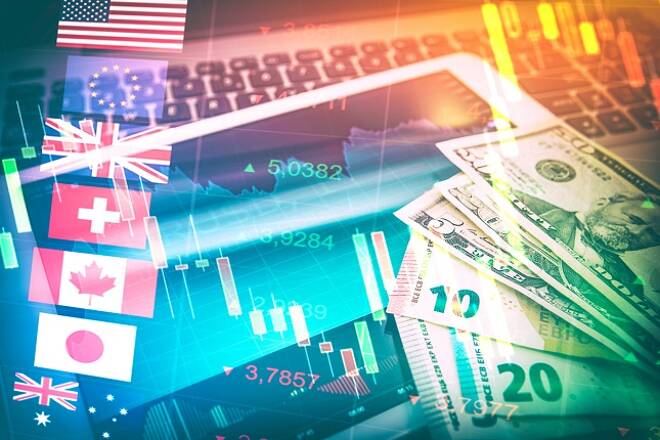Advertisement
Advertisement
Light at The End Of The Trade War Tunnel
By:
Global equity markets raced higher after President Donald Trump suggested that U.S.-China trade deal could come sooner than expected. Moreover, at the same time heralding a limited trade deal with Japan.
Investors have been “trade war” bearish for so long that any sliver of optimism is cheered. However, with definite signs of a thaw emerging the trade calm certainly trumped the impeachment probe as the S&P 500 halted a three-day slide, the dollar rallied, and yields on 10 U.S. Treasuries rose towards 1.75%
The limited deal with Japan is enormous on two fronts. First, it suggests the President is open to ” interim ” trade deal possibly signalling he is willing to negotiate one with China. Second, the agreement with Abe is a massive win for U.S. farmers as it will eliminate or reduce tariffs on 7.2 billion of U.S. food and agricultural products (USTR).
The U.S. Farm Belt has been in a world of pain from the escalating trade battle. However, the U.S. food agricultural sector is precisely one of those segments of the economy that a President must defend. Next up, the manufacturing industry?
On the broader picture, it provides excellent optics to rural America and will solidify his approval rating in areas that effectively won him the presidency. Indeed, this could be a critical foreshadowing of things to come as the U.S. administration, given the political thunderheads forming over capital hill , will be looking to protect as well as distance the President from the impeachment process and what better way to do that than put pen to paper on a US-China trade deal , even a limited one.
Oil markets embrace a trade calm reprieve
Oil futures got a reprieve from the selling onslaught as prices got up off the mat due to the trade thaw. Signs of easing trade tension has overshadowed the bearish raft of indicators that saw oil prices topple head over heels this week. Investors have been clamouring for any positive sign from President Trump on the trade war front, so the calming trade news flow may be convincing enough for traders to take even more bearish chips off the table.
Oil prices have been under pressure all week on reports that Saudi Arabia was doing fast work on restoring output after the terrorist attacks. However, price action has been exacerbated by blustery bearish headwinds.
Those reports were verified as Saudi Aramco has restored Saudi Arabia’s oil production capacity to 11.3 million bpd—the level before the attacks on oil facilities Reuters Reuters
Additionally, people in the know at Aramco told Blomberg Bloomberg
So, with the supply risk premiums evaporating and the oil fear factor but a distant memory. Demand worries are back competing for attention after the global manufacturing slump worsened this week after the German PMI point to and economy on the edge of recession
Also, the oil market is dealing with another unexpected crude build as stocks rose 2.4 million barrels which is bearish relative to consensus
Gold markets rocked in two front.
The more tangible trade calming news flow sent the U.S. dollar surging and bond yields rising while leaving the massively long COMEX and ETF gold positions prone to a significant correction.
Gold, higher U.S. yield and a strong U.S. dollar simply don’t make for good bedfellows.
While the COMEX and ETF have remained robust, there is a significant element of the market missing in action. Physical demand remains weak and too could have helped ice the rally
Physical demand typically is a high point for the gold market at this time of year Usually demand out of India tends very strong in the lead up to the wedding season and ahead of festivals while physical buying from China tend to pick up preparation for peak demand around the Lunar New Year. It’s not there, and this is a sector of the gold complex that quite possibly should not be ignored.
This article was written by Stephen Innes, Asia Pacific Market Strategist at AxiTrader
About the Author
Stephen Innescontributor
With more than 25 years of experience, Stephen Innes has a deep-seated knowledge of G10 and Asian currency markets as well as precious metal and oil markets.
Did you find this article useful?
Latest news and analysis
Advertisement
